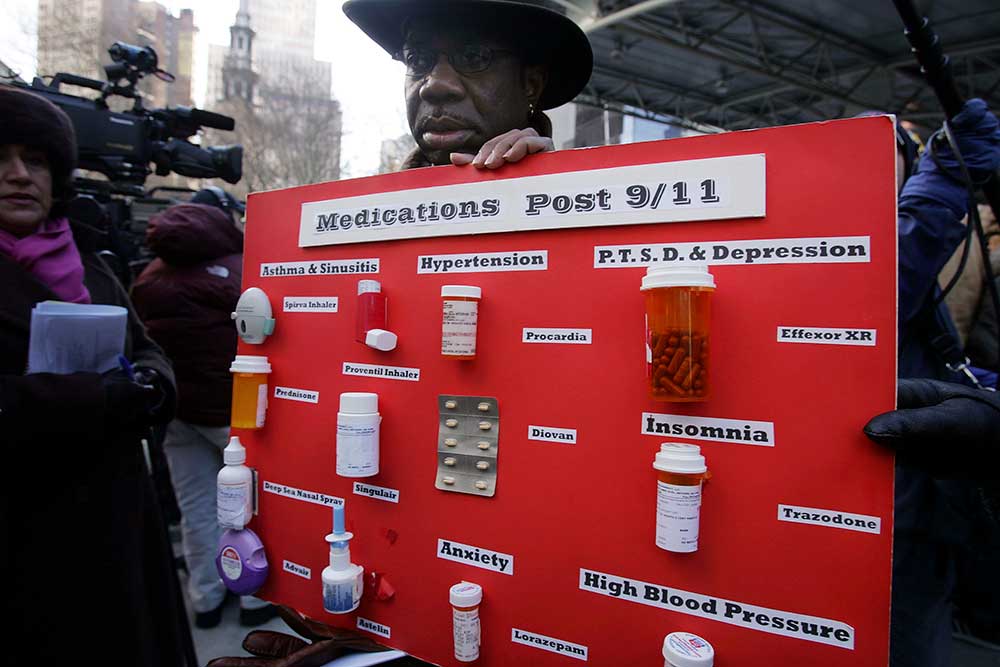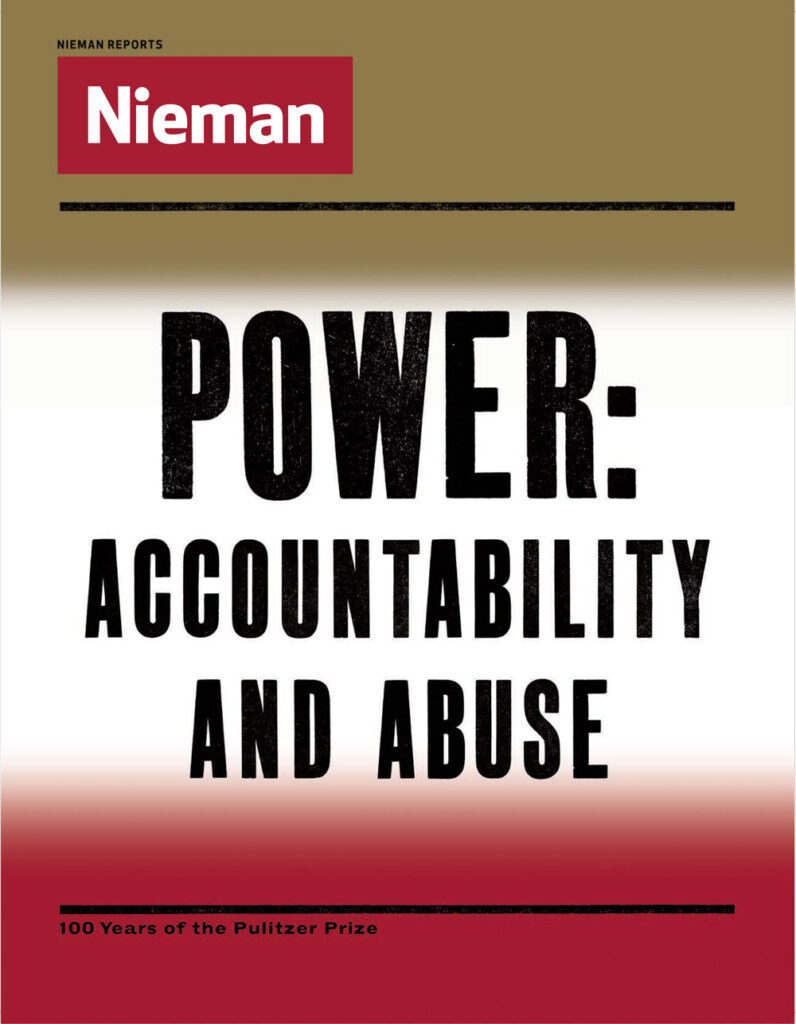
Evans and her fellow editorial board members Arthur Browne and Beverly Weintraub won a Pulitzer for their editorial series “9/11: The Forgotten Victims,” which documented how the government failed to address the growing medical problems of Ground Zero workers.
Forty-thousand-strong, they labored at Ground Zero under miserable conditions in a time of crisis, working 10 and 12 hours a day to search for the lost, extinguish underground fires and haul off 2 million tons of rubble. As a direct result, well over 12,000 are sick today, having suffered lasting damage to their respiratory systems.
In increasing numbers, they are the forgotten victims of 9/11. The toll has risen steadily over the past five years, yet no one in power—not Gov. Pataki, not Mayor Bloomberg, not the state and city health commissioners, not the U.S. government—has acknowledged the epidemic’s scope, much less confronted it for the public health disaster that it is.
They cough.
They wheeze.
Their heads and faces pound with the pressure of swollen sinuses.
They lose their breath with minor exertion.
They suffer the suffocation of asthma and diseases that attack the very tissues of their lungs.
They endure acid reflux, a painful indigestion that never goes away.
They are haunted by the mental and emotional traumas of having witnessed horror.
Many are too disabled to work. And some have died. There is overwhelming evidence that at least four Ground Zero responders—a firefighter, two police officers and an Emergency Medical Service paramedic—suffered fatal illnesses as a consequence of inhaling the airborne poisons that were loosed when the pulverized remains of the twin towers erupted seismically into the sky.
Further Reading
Combining Investigative Reporting With an Editorial Voice by Beverly Weintraub and Heidi Evans
The measure of how New York and Washington failed the 9/11 responders starts with the fact that after a half-decade, no one has a grip on the scope of the suffering. The known census of the ill starts at more than 12,000 people who have been monitored or treated in the two primary medical services for Ground Zero workers, one run by the Fire Department, the other by the World Trade Center Medical Monitoring Program based at Mount Sinai Medical Center.
Typical is the case of NYPD Officer Steven Mayfield, who logged more than 400 hours at the perimeter of what became known as The Pile and suffers from sarcoidosis, a disease that scars the tissues of the lungs; shortness of breath; chronic sinusitis, and sleep apnea. “My lungs are damaged; they will never be the same,” said Mayfield, 44.
Still more frightening: Serious new conditions may soon begin to emerge. Top pulmonary specialists say lung-scarring diseases and tumors generally begin to show up five to 20 years after toxic exposure, a time frame that’s about to begin.
© Daily News, L.P. (New York). Used with permission.




